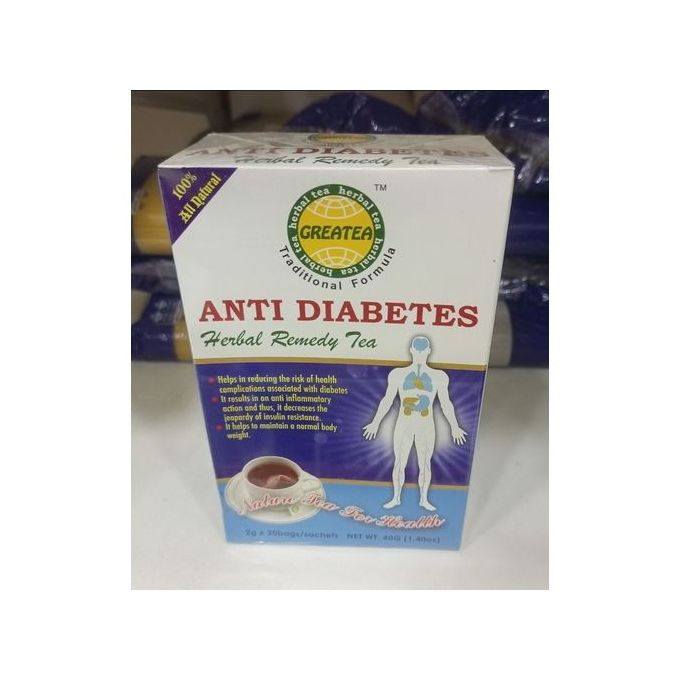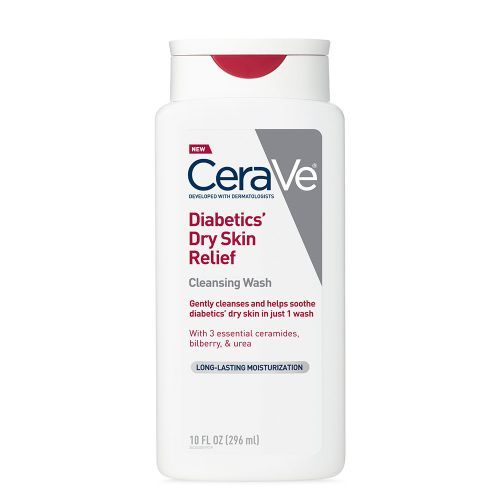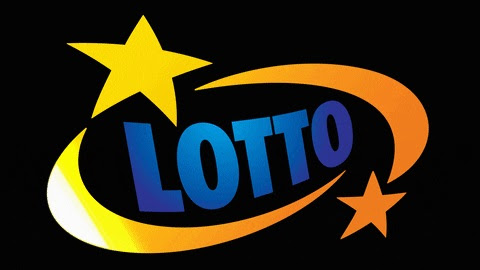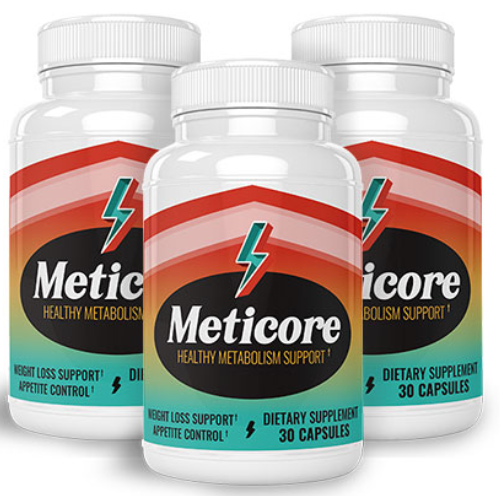Have you ever heard the expression ‘eating the rainbow’ It is gaining popularity, and more and more nutritionists and health experts are suggesting having ‘the rainbow’ on our plates.
The rainbow diet is a colorful diet. It encourages to consume fruits and vegetables that contain all of the rainbow’s colors. Each vegetable and fruit offer different vitamins, minerals, and antioxidants. When you get into the habit of adding variety to your diet, you reap the benefits of a healthy immune system and healthier body.
Fruits and vegetables can be separated into five color categories – red, purple (or blue), green, orange and white (or brown). Each color can tell you what vitamin or nutrient is in the food.
RED – rich in lycopene, a powerful antioxidant. Tomatoes, papaya, and grapefruits are high in lycopene.
PURPLE or BLUE – contains the antioxidant anthocyanin which gives them the blue color. Anthocyanin-rich foods include blueberry, blackberry, cherry, cranberry, eggplant and purple cabbage.
GREEN – are rich in phytochemicals such as carotenoids, saponins, and indoles, which provide many health benefits including lower blood glucose levels. Green vegetables, such as kale, broccoli, spinach, celery, lettuce and bok choy, were particularly beneficial.
ORANGE – are rich in carotenoids like beta-carotene that is converted by our body to vitamin A. Carrots, butternut squash, yellow peppers, pumpkin, sweet potatoes are some examples.
WHITE - fruits and vegetables such as cauliflower, garlic, onion, mushrooms, and banana, are natural sources of vitamins, minerals, antioxidants and fiber.
For a healthy diet, freshly prepared vegetables and fruits are better than processed ones. Make sure you eat a rainbow of colorful vegetables and fruits each day. If you do not feel like eating a bowl of fruits or vegetables, there is always the possibility of making a delicious smoothie.
RELATED POSTS
Known Factors That Can Lead To Diabetes
How Do You Count Carbohydrate Intake?
Lose Weight and Exercise Regularly
Cut Back on Saturated Fats and Avoid Trans Fats
Around the Web

































